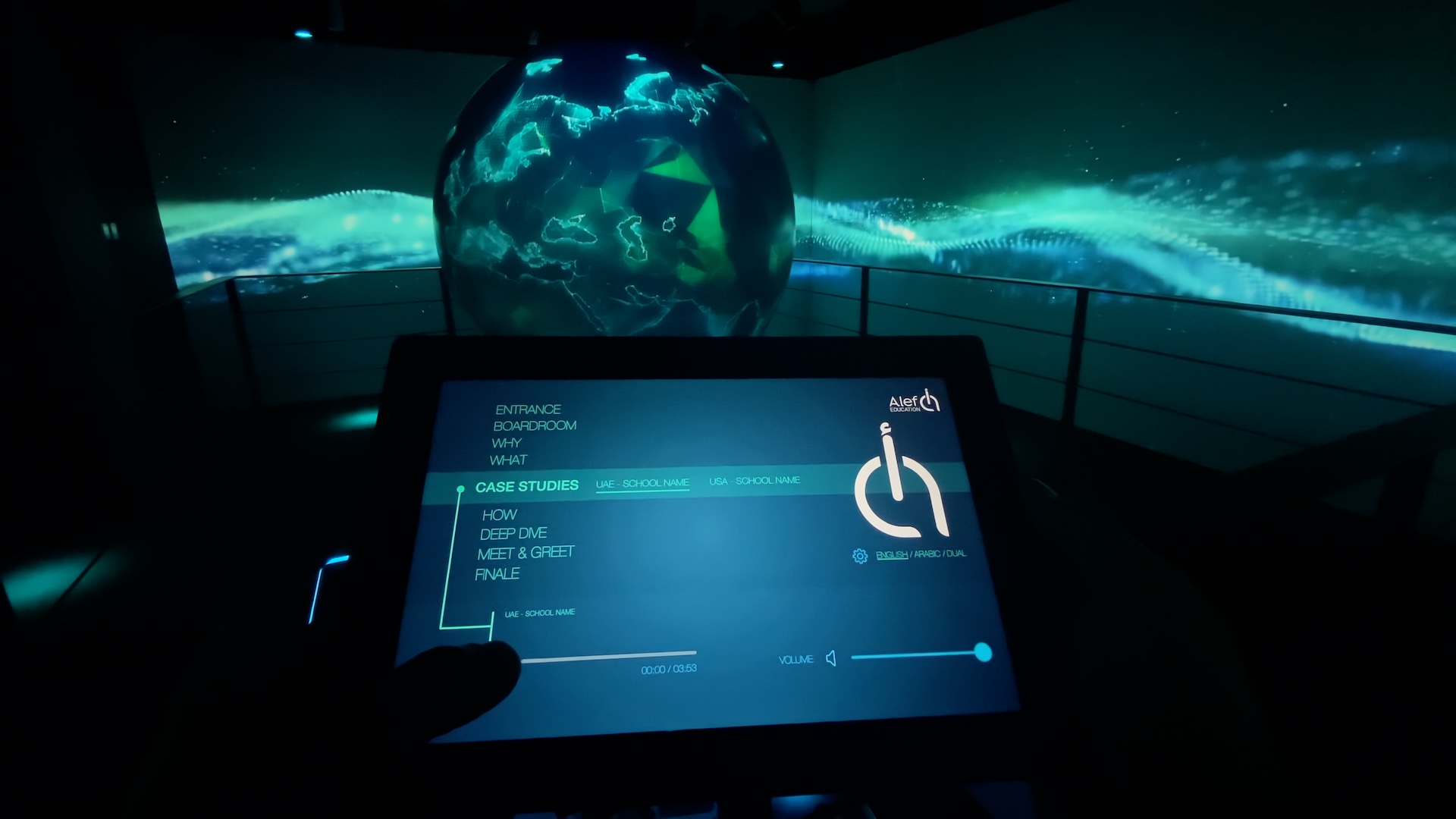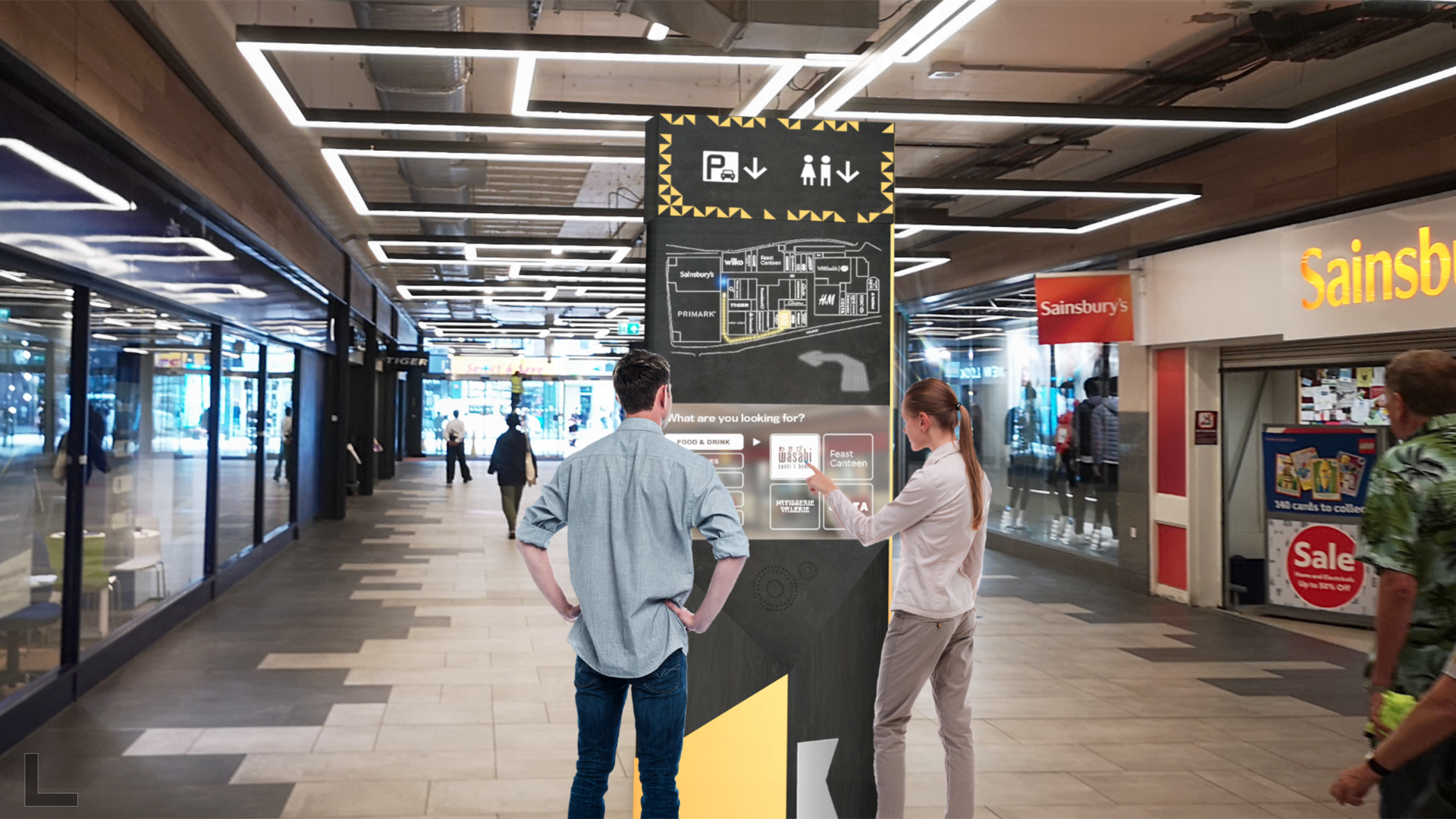
Customer Experience Centres - The Definitive Guide 2022
Posted on January 17th, 2022
Customer experience centres or CECs can help redefine customer or client interaction for many businesses by offering an immersive brand experience. Properly designed and implemented, using the right interactive and immersive technology, they can be much more than just a passive display for products and services. They can help to solve problems, build trust and engage in dialogue with customers to help guide and even develop the brand.
Why do brands need CECs?
There is a direct correlation between positive customer experience and increased sales and by investing in the right combination of carefully developed technology, content and software we can help create not just a positive experience but highly memorable, shareable and unique experiences.
For B2B brands, innovative sales and marketing strategies, aided by the systems and support of a sophisticated customer experience centre, are critical for closing crucial deals. Simply put, immersing your potential clients in the brand is the best way to close deals.
In addition to helping increase sales and as a useful tool for sales and marketing teams, customer or brand experience centres can help businesses of any size increase brand loyalty. According to Forbes.com, the best experience centres not only visualise the history of the brand but encourage the sharing of each experience, creating a wider and more varied reach than traditional digital methods. They then go on to list their top experience centres:
Guinness Storehouse in Dublin, Ireland
https://www.guinness-storehouse.com/en
L’École Van Cleef & Arpels in Paris, France
https://www.lecolevancleefarpels.com/fr/en
The Samsung 837 Center in New York City, USA
https://www.samsung.com/us/explore/837/
What are the initial considerations?
There are more relationships to think about at any one point in the customer journey for a CEC or brand innovation centre compared to an online or digital only experience. We have to think about the relationship between customers and the physical space, how they interact with the other people around them, what they can take away, whether or not they can interact with digital visitors directly within the space, is the process linear or defined by a group action or activity. The answers will be different for each brand or business and creates a completely new experience perfectly tailored to the target audience.
The first thing to consider is who is going to be using the CEC, internally and externally as well as who the potential customers are, once we have identified that we can apply the same process that we use to design other major attractions: develop the customer journey from start to finish whilst achieving the key objectives, consider where the interaction points are along that journey and choose the right technology to achieve the objectives within those points.
Once we know who the customer experience centre or brand innovation centre is being designed for or which audience segments are most important we can begin to refine how that audience will interact with the physical space, taking into consideration the structure and design of the building. We then think about the most important goals and objectives for the customer journey.
A great example of how one CEC can cater for a variety of customer needs and fulfil specialist needs and functions is the Ricoh CEC in Telford, UK.
The customer journey
The customer journey starts long before the CEC. RFID, facial recognition and biometrics are great tools for identifying where each customer is on their journey and what their needs and interests are. We break each experience down into areas and map out what the visitor will see, hear and do in each area, this will inform what AV and interactives are used.
Advances in display and interactive technology allow customers who are new to the company or brand to be fully immersed in the brand. CECs embody the product or the company profile, we work with brands and companies around the world to distill the company presence and faithfully tell the entire story.

Our latest case study
When Alef Education, a technology company that uses AI to transform learning outcomes, contacted seeper to design and build a state of the art CEC, control room and demo space, we began by identifying the target audience, designing the customer journey and then creating the technology and software to allow Alef to interact with each customer in the most effective way possible. We put ourselves in the shoes of the customers, visualising the journey through their eyes, right from the moment they decide to engage with the business or brand, whilst keeping the key objectives in mind. This is how we then choose what technology will suit the purpose and application best whilst delivering the most complete experience possible.

The right technology
Projection mapping, LED screens and touch control are all useful tools to use in CECs but they are best used as tools in part of a wider ecosystem of collaborative software, data visualization and core services that are designed to be scalable for longevity. Connecting outputs from digital products can be particularly effective, especially when done in real time.
Evolving Content
A well designed CEC needs to be adaptable, able to respond to changing customer behaviours and different segments of the target audience. Centralised control systems and content management systems allow CECs to instantly change the look and feel of the entire building at the press of a button, apply seasonal content and even change content based on time of day, number of customers inside etc.

Adding value to experience
At the end of the day you want each customer to come away from the CEC having achieved the goal for visiting, whether that’s to find out more about the company or to experience a particular product, have had a positive experience directly attributed to the brand, have some kind of take away and the desire to visit again.
Not all the tech has to be inside the CEC, there are ways to make the most of a physical location from the exterior also. Interactive LED screens and lighting integrated into the facade of popular attractions are becoming increasingly popular, attracting speculative clients through the door from outside and enabling much wider interaction than just those who were going to the CEC anyway.
How the customer interacts is as important as the why. The wrong tech or passive information is not going to do the brand justice. We excel at creating a human interface. With touch, sound, even smell and taste we find the ways of engagement that truly go above and beyond.
Want to know how to design a new brand experience centre, or how we can create something spectacular from an existing space?
Enter your email below and we'll tell you how:
Or get in touch: hello@seeper.com
Relevant Projects:
Alef Education
SeeCity
Manhattan Loft
82 Dean St
Proximity
Digital Catapult Centre
Vimeo IAC Building
Straws


